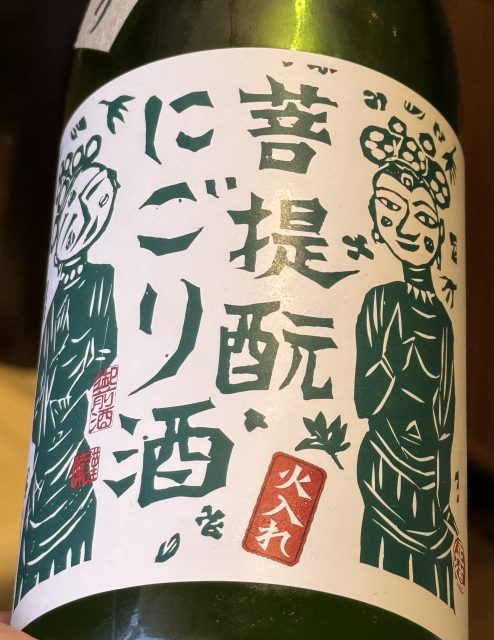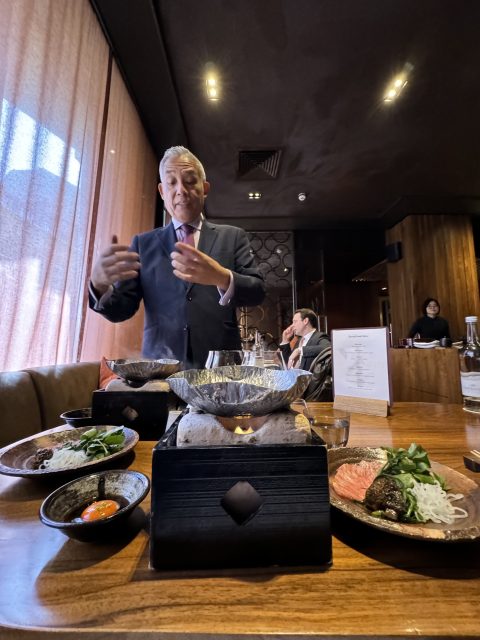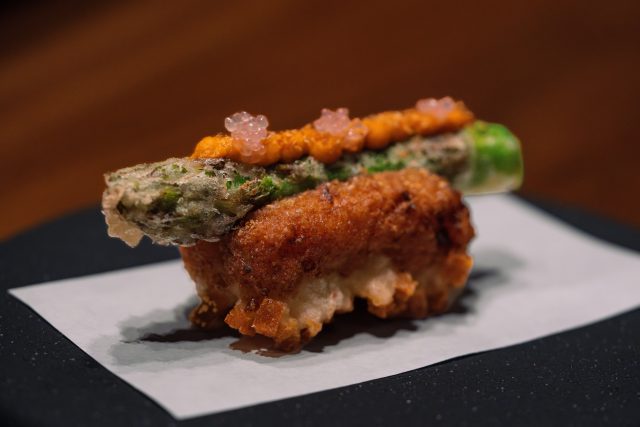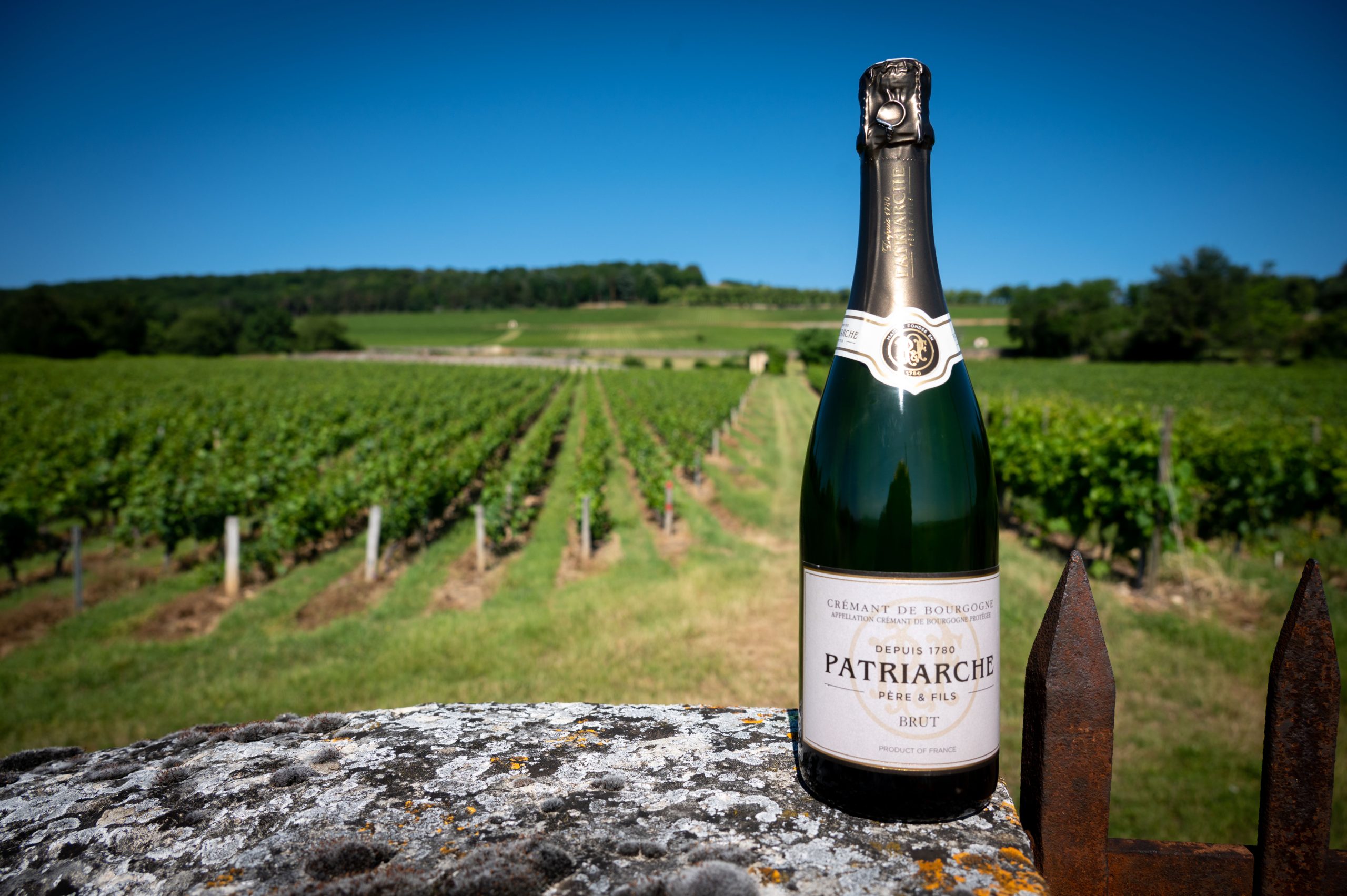Wine List Confidential: UMU
Douglas Blyde marks two decades of Mayfair Japanese restaurant UMU with a trip behind the unassuming façade to delve into how this kaiseki experience holds up 20 years on.

Meaning “life,” UMU is discretely celebrating its twentieth anniversary – a marathon of existence for a London establishment. “A restaurant for that special occasion” noted Michelin, with a kitchen nodding “to British produce … prepared with considerable care and respect”, its “authentic Kyoto-style kaiseki,” said 50 Best, draws on ingredients of “sparkling freshness” praised the AA, handled, it added, with “precision knife-work.”
Design
The only restaurant to have survived the 2020 collapse of Marlon Abela’s M.A.R.C group, which saw receivers enter The Square during lunch service, UMU is located on Bruton Place. A street rich in eateries, it includes the restored Guinea Grill steakhouse, the brand new, art led Cocochine, and the baffling Bellamy’s which persists in serving Minstrels with coffee, while a venture by Jason Atherton is “coming soon” according to the street’s official website. Beyond a tall, nondescript, handle-less door, guests are greeted in unison with a guttural “Irasshaimase!” by a phalanx of chefs, two of whom have practised their craft here from opening day. Sunlight filters through ochre-coloured voiles, a colour replicated on plump, tummy-like cushions which meet pill-shaped, wobble-free wooden tables. A bank of drinks fridges is observable at the room’s far end. Evoking the original Star Trek theme, the soundtrack keeps things leavened, as does the masterful, Brazil-born, Japan-raised restaurant manager, Seiji Takahashi. Being another original fixture of UMU, Takahashi, the master of shabu-shabu, has a twinkle in his eye, and an eerily accurate memory for faces.
Drinks
The London-born and raised head sommelier, Ryan Johnson, brings an engaging laugh to service. He began at UMU in 2016 under the tutelage of former head sommelier Ryosuke Mashio (now of Roketsu), then Giuseppe Grasso (Alex Dilling at Hotel Café Royal). Although “unable to open a bottle of wine” when he started at UMU, according to the press release, Johnson went on to achieve the “Kikisake-shi” sommelier certification (Sake Service Institute), rising to head sommelier last summer.

Often hard to locate on the market, bottles of wine range from Weingut Ziereisen’s 2018 Blauer Spätburgunder at £60 to Domaine de la Romanée-Conti Montrachet 1986 at a little over twice retail at £18,000. Johnson’s cellar stems from the early 1970s, including 1972 Grange (£2,600) at nearly four times mark-up, with, from the 1980s, Trimbach 1983 Clos Sainte Hune Riesling (£1,400) at approximately twice retail, 1985 Sassicaia (£4,000), which is actually below retail, continuing to 1986 Mouton (£4,800) and 1989 Pétrus (£9,400). Greatest hits from the 1990s include Aldo Conterno’s 1990 Granbussia Barolo (£1,200), Coche-Dury Meursault Les Perrières 1995 (£6,000), and Domaine Leroy’s revered 1999 Clos de la Roche (£10,000).
From the current decade, you will find Otronia Chardonnay from Patagonia (£200), and partly aged in ceramic, Katsunuma Jozo Aruga Branca Clareza Koshu from Japan (£95), both reaped from the balmy lockdown vintage of 2020.
Relative bargains include mature Moulin-a-Vent by Thibault Liger-Belair Les Rouchaux, priced at £65 both for the potentially rickety 2011, or the more hopeful 2014, and the 2018 handpicked Pinot Noir from Mornington Peninsula authored by hairdresser turned much-loved beacon to sommeliers, Jane Eyre. (£120).
Sweet wines, meanwhile, include a half of Willi Opitz’s 1995 Goldackerl TBA at £160, and the venerable Alvear NV Montilla-Moriles Pedro Ximénez Soléra 1910 which, at £600/50cl, would seem to be a misprint given bottles abound on the internet for as little as £42.
Impressively plenteous, the sake selection, which we reconnoitred in some detail, often draws from breweries Johnson has made a pilgrimage to.
Dishes
Head chef Ryo Kamatsu was present throughout our visit. Born in Argentina to Japanese parents, and having worked in both countries, he joined UMU in 2014 alongside Yoshinori Ishii, whom he succeeded six years later. Initiated by his mentor, Kamatsu continues to collaborate with fishermen who practice the “ikejime” method of dispatch believed to enhance flavour and reduce distress.

The spring kaiseki opened with an unglazed mukozuke of trimly presented, miso enriched, coral-coloured surf clam and ivory-hued whelk, with baby celery, radish, bonito, and caviar bringing, respectively, texture, seasoning, and extravagance. Cubed whelks revealed beneath were delicately coated in mayonnaise, adding sapidity. Poured in Zafferano’s Ultralight stems, Johnson’s bright, unpasteurised Arabashiri (the first brew of the year) Junmai Ginjo Nama bore a prickle of fizz, “working with” rather than “against” the dish, said Johnson, who he hinted, likes to play Dr. Jekyll and Mr. Hyde with his pairings. Rising amidst the lofty mountains of Chubu, the Masumi brewery (1662) is famed by sake fans for its yeast strain, discovered on-site seven decades ago. This match provided strong opening credits.
Unveiled from a pearlescent cloche, Nimonowan (“simmered”) broth gained gravity from a nimbly smoky bonito and kombu dashi. Basking within, pretty fiddleheads and jagged, supple young bamboo concealed poached amadai (sweet sea bream) nudging textured takenoko tofu. Not baulking from the challenge of pairing sake and soup, Johnson chose the agricultural Classic Junami from Nishinoseki. Traditionally, a go-to match for pungent eel, the umami of the grassy sake from southerly Oita was magnified by its warmth, though slightly overawing for the refined dish. A pairing for Edward Hyde. Further contrasting the coarseness of the cooking-grade sake was its sea urchin shell-like vessel, shaped by the hands of artist Kazuya Ishida in an ancient kiln which he replicated at Oxford University.
Partner Content
Poured in an advanced, heavy of seat, shot glass which was intended to transport the sake to the sides of the tongue, a Chablis-like expression Junmai Daiginjo from Michisakari stemmed from Gifu, revered for being the centre of production for Washi paper. The special, Rare Brew from the 250-year-old brewery, as cleansing and cool as spring water, synchronised with gossamer-thin turbot offered with its own chive, lime, and radish pepped soy, blushing langoustine tail, argent mackerel, and truly exceptional squid, scored in such a way it slid, noodle-like when lifted.
Sakura sushi ensued, paired with vegetal Nabeshima Junmai Ginjo, unfurling from a bottle embossed with a rather offputtingly neon purple, disco label. Johnson, who mentioned he also “loves sushi and Champagne” chose flute-like glasses to preserve the small bubbles inherent to the faintly green melon-like sake from coastal Saga, which faces Korea, and is known as the birthplace of ceramics in Japan. Monkfish was served two ways, first bound in cherry leaf with shredded cucumber within, and better, as a nigiri, parcelled in shiso. This was the first time we realised cherry leaf can have a vulpine intensity, which might not delight every diner…
More our predilection, a trio of tuna returned us back to the state of Nirvana experienced with the sashimi squid. Here, Johnson chose a Junmai Daiginjo, Dassai 23, from the vast brewery on Honshu’s western tip of Honshu, home, coincidentally, not just to otters, which give Dassai its name, but the country’s most commodious limestone cave. But big need not be bad, in terms of geographical hollows and commercially aware breweries. With 77% of its grain polished away, the dewy sake acted in particular harmony with a standout nigiri of prosperously fatty toro, enhanced through searing, and the aromatics of summer truffle. A morsel best savoured with one’s eyes closed. Given Dassai accounts for around 10% of all sake exports from Japan, which, in turn, represents 30% of their production, Johnson justified its inclusion by stating how well its wares perform in blind tastings conducted with his team.
Visually evoking a primped hot dog, Agemono (meaning deep-fried, in this case in sesame oil) adhered an asparagus spear to scallop tempura, capped with three mostly decorative dots of citrus. Johnson deployed broad-bowled Lobmeyr Burgundy glasses to highlight the nuances of the lovely Souhomare Kimoto Junmai from fifth-generation producer, Jun Kono. Having been allowed to come close to room temperature, the violet-scented rendition was, for us, the kaiseki’s most accomplished pairing given its deliberately deployed, much-needed acidity.

A stocky, steaming hotpot of shabu-shabu ensued, into which slithers of wagyu, spring greens, including Alexanders, morels, and finally, flavour glass noodles went, dipped in a silky egg yolk soy sauce. With this, Johnson served a kintsugi flask of almost too hot to hold dark chocolate-scented Yamahai Gohyakumangoku from Noguchi Naohiko Sake Institute. “It’s trendy to declare vintage now,” said Johnson of this 2018. Full, rich, and made to the Bodaimoto medieval brewing technique, it was crafted by nonagenarian “Modern Master Craftsman”, Noguchi Naohiko, who has crafted sake since 1949, “being the post-war era of rice shortages,” according to its supplier, Oliver Hilton-Johnson of Tengu Sake. We liked the fact that, via this dish, UMU’s well-heeled diners would be forced, at least in part, to cook their own dinner.
Meaning cooked rice, the Gohan course, which ensures diners feel fed, starred battered ebi prawns, which almost popped on the palate, over pea and pickle-enriched rice, alongside a little beaker of miso soup. Johnson served the corresponding “Misty Mountain” Junmai Nigori from siblings in Katsuyama, Okayama, over two vessels, being a heavy, nursery slopes Riedel glass, which brought out treble/aromatics, and a handmade saucer, better for exaggerating counterpoint bass, or umami notes. Having persisted through a broad meshed filter, said Johnson, the snowy rice lees made for an engaging match visually and texturally. Another match for Edward Hyde’s dining table.

Finally, resembling a keyboard, a sakura and yomogi cake featured layers of almond and white chocolate, alongside amazake sorbet, and a few happily chewy mochi. Given guests can feel “a little warm after eight sakes,” Johnson poured a refreshing, lean, multi-award-winning plum wine over ice. Having been to Misty Mountain earlier, this one was sourced from the thirteenth-generation family brewery, Urakasumi (“Misty Bay”) in Shiogama, meticulously rebuilt after the 2011 Great East Japan Earthquake.
Last word
Johnson had journeyed us on a whirlwind, sake-led journey with bounce and poise, while Kamatsu had delivered consistency, and, in the cases of the scored squid, and the seared fatty toro and truffle, dazzling moments. Having survived world crises, and one concerning ownership, we look forward to another two decades of the excellent UMU.
Best for
- Array of authored sakes
- Older, classic wines, to the 1970s
- Cohesive, resolute restaurant and kitchen team
Value: 90, Size: 95, Range: 96, Originality: 94, Experience: 99; Total: 94.8
Umu – 14-16 Bruton Pl, London, W1J 6LX; 020 7499 8881; Umurestaurant.com
To celebrate its twentieth anniversary, UMU is running a dinner with Nabeshima sake on 4 June.
Related news
'Rare buying opportunities' as fine wine prices hit a five-year floor




